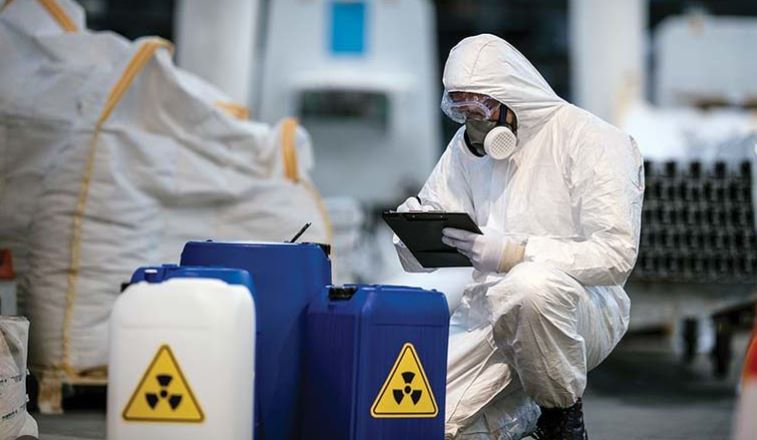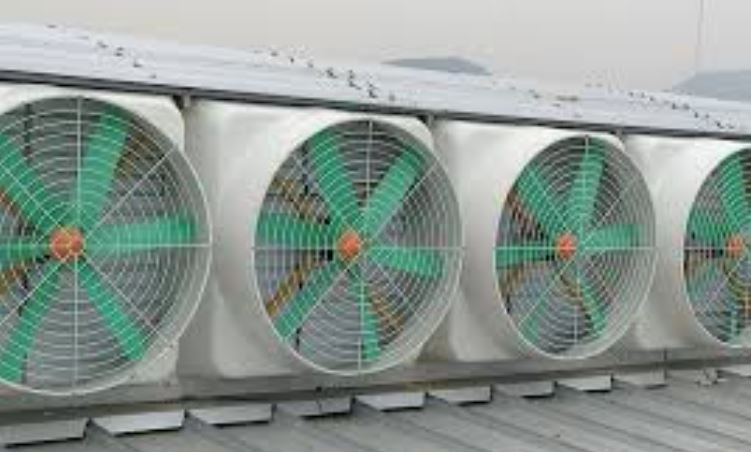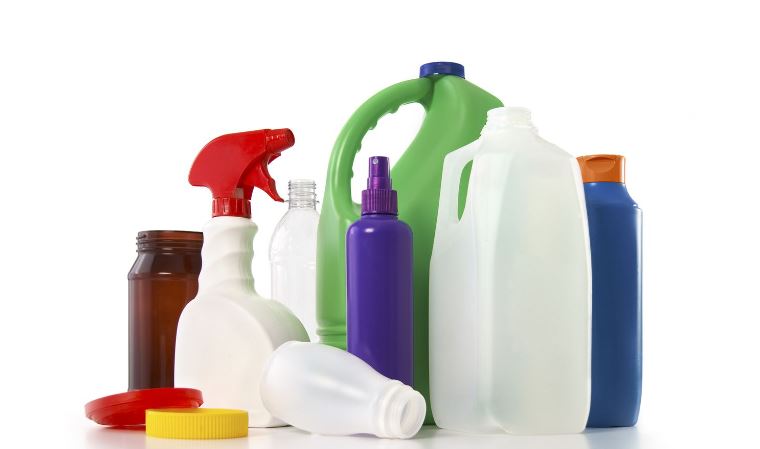Proper ventilation is crucial when working with chemicals to ensure a safe and healthy environment. Chemicals can release harmful vapors, fumes, and gases that pose risks to health if not adequately managed. Effective ventilation helps to dilute and remove these contaminants from the air, reducing the likelihood of exposure and maintaining air quality. Implementing proper ventilation techniques is essential in preventing respiratory issues and ensuring a safe workspace.

Proper Ventilation When Using Chemicals
Types of Ventilation Systems
There are several types of ventilation systems to manage chemical exposure. Local exhaust systems, such as fume hoods and capture systems, are designed to remove contaminants directly from the source. These systems work by drawing contaminated air away from the work area and filtering or expelling it outside. General ventilation systems, including air exchange and dilution systems, help to maintain overall air quality by circulating and refreshing the air within the workspace. Combining these systems often provides the most effective approach to controlling chemical exposure.
Fume Hoods
Fume hoods are specialized air circulation devices that provide localized protection when working with hazardous chemicals. They create a controlled airflow that captures and removes fumes, vapors, and particles before they can reach the user. Fume hoods are particularly important in laboratories and industrial settings where chemicals are used in high concentrations or volatile reactions occur. Proper use of fume hoods includes ensuring that the sash is adjusted correctly, the airflow is maintained, and the hood is not overloaded with equipment.
Designing Effective Ventilation Systems
Designing an effective air circulation system requires careful consideration of the specific chemicals used and the layout of the workspace. The system should be capable of handling the volume and type of contaminants generated. Key factors to consider include the placement of exhaust vents. The velocity of airflow, and the distance between the chemical source and the ventilation system. Consulting with experts in industrial hygiene or ventilation design can help ensure that the system meets safety standards and regulatory requirements.
Routine Maintenance and Monitoring
Routine maintenance and monitoring are essential for ensuring that ventilation systems function properly. Regular inspections help to identify and address issues such as blocked vents, worn filters, or malfunctioning fans. Monitoring the performance of air circulation systems, including measuring airflow and air quality. Helps to ensure that the system effectively controls chemical exposure. Implementing a maintenance schedule and keeping detailed records of inspections and repairs contribute to the reliability and efficiency of the ventilation system.
Emergency Ventilation Measures
In case of an accidental release of chemicals or a malfunction of the primary exhaust system, having emergency air circulation measures in place is crucial. Emergency ventilation systems, such as backup fans or additional exhaust points, can help quickly disperse contaminants and restore safe air quality. Additionally, training employees on emergency procedures, including how to activate and use emergency ventilation systems, prepares them to respond effectively during incidents.
Compliance and Regulations
Adhering to safety regulations and standards related to air circulation is essential for maintaining a safe working environment. Regulatory agencies, such as OSHA (Occupational Safety and Health Administration) and local environmental health departments, provide guidelines and requirements for ventilation in workplaces that handle chemicals. Ensuring compliance with these regulations helps prevent legal issues and promotes the health and safety of all employees.
Conclusion
Proper air circulation is a critical aspect of working safely with chemicals. By implementing effective air circulation systems, maintaining and monitoring their performance. Adhering to safety regulations, you can significantly reduce the risks associated with chemical exposure. Investing in proper airflow not only ensures a safer work environment but also supports overall health and productivity. Prioritizing ventilation as part of your safety strategy is essential for managing chemical hazards and creating a secure workspace.



